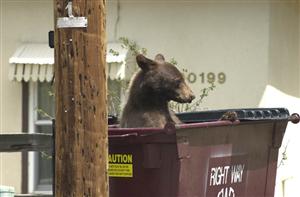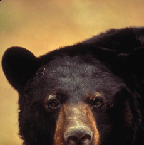 It may seem like there are more bears in Colorado because there seem to be more bear conflicts. Especially this week, when a video of a dumpster-pushing black bear seems to be all over the Internet.
It may seem like there are more bears in Colorado because there seem to be more bear conflicts. Especially this week, when a video of a dumpster-pushing black bear seems to be all over the Internet.
But no, says an article in the Denver Post. The bear population in Colorado has remained steady. It’s technology and the ability to share the misdeeds of bears that has increased, the article says.
The article quotes Randy Hampton, spokesman for Colorado Parks and Wildlife, as saying that the recent spate of bear sightings in Colorado is due to a lack of seasonal crops and other reasons. Rain will allow berries to ripen, and provide wild food for bears, the article says.
The article goes on to list the various human-bear encounters that have occurred in Colorado recently.
Read the Denver Post article here.
Visit Colorado Parks and Wildlife’s Living With Bear web page here.
Photo: Not “the” dumpster bear, but a bear and a dumpster. Courtesy Colorado Parks and Wildlife.

 The Minnesota Department of Natural Resources has not renewed the research permit of an Ely man because he hand-feeds the bears he studies and has not published a peer-reviewed article in the 14 years that he has held the permit, an article in the St. Paul Pioneer Press says.
The Minnesota Department of Natural Resources has not renewed the research permit of an Ely man because he hand-feeds the bears he studies and has not published a peer-reviewed article in the 14 years that he has held the permit, an article in the St. Paul Pioneer Press says.